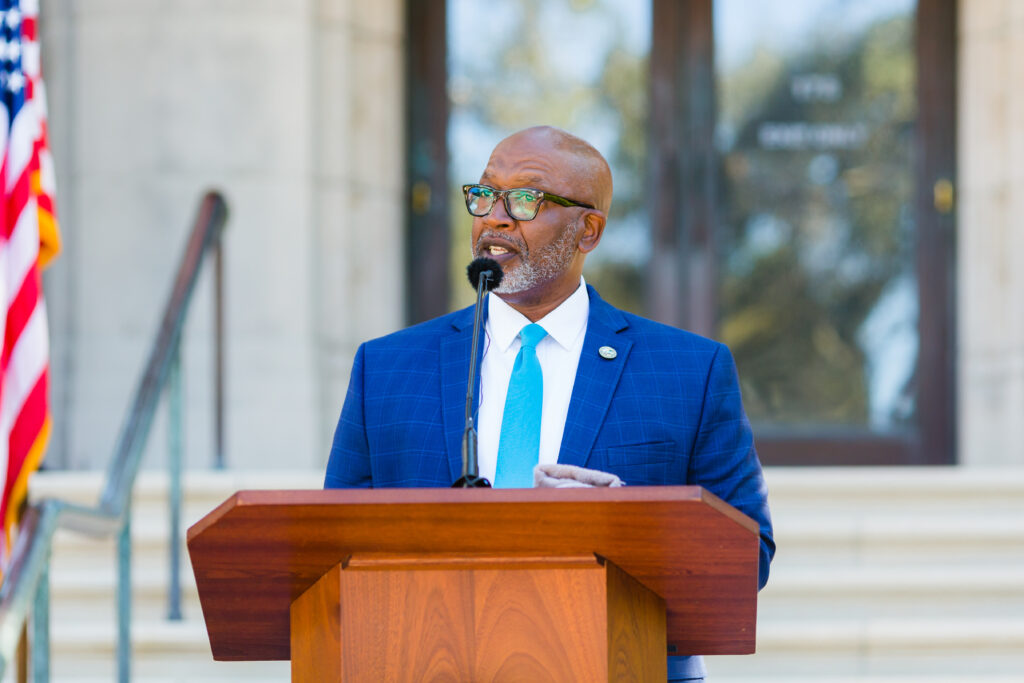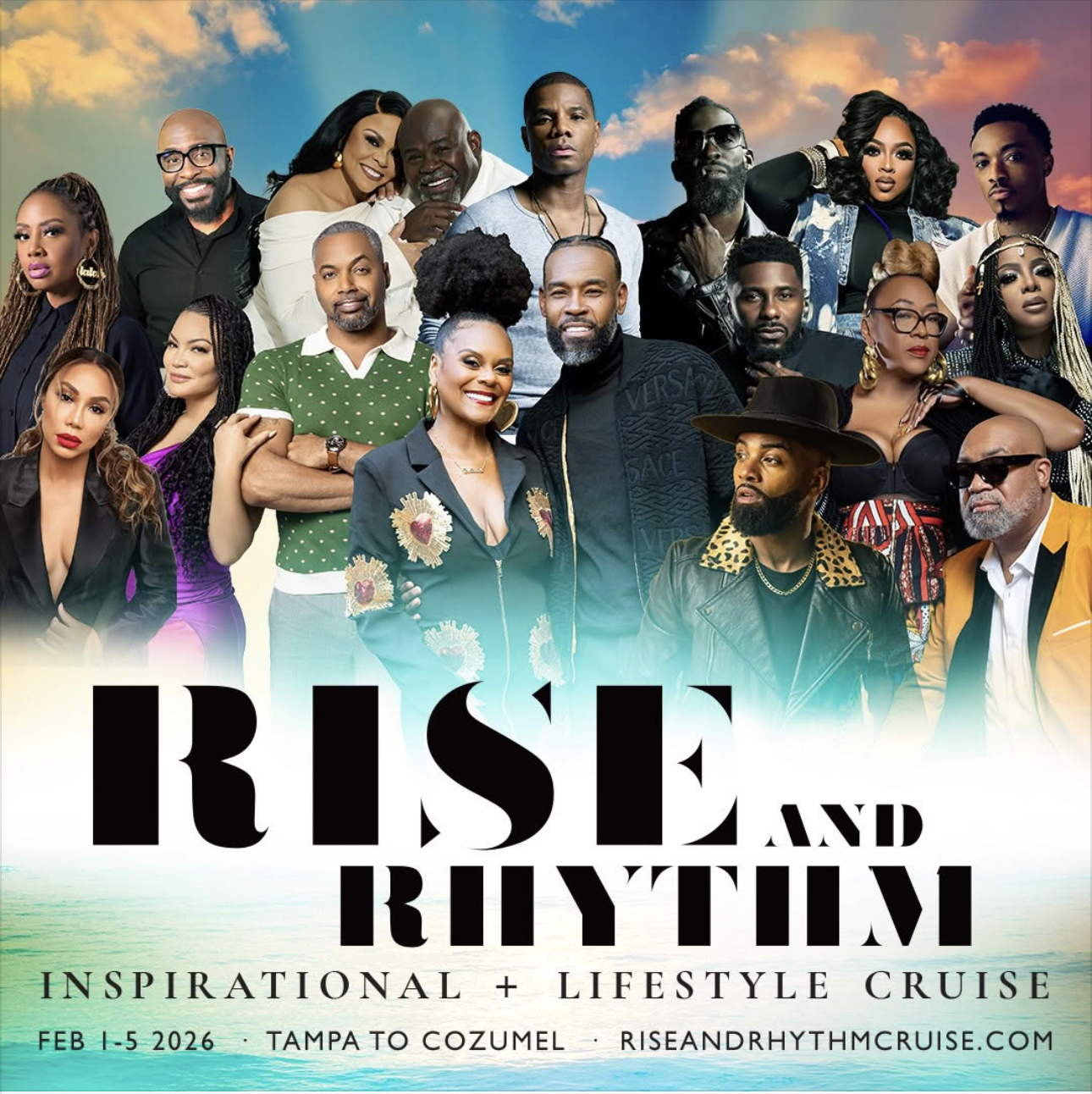
St. Pete has a workforce challenge much bigger than beleaguered Fire Chief Jim Large, who was placed on paid leave last week by Mayor Ken Welch, after findings of a recent employee climate survey, and fall out from it, painted Large as guilty of sexism, racism, and homophobia.
Following the St. Pete NAACP’s call for Large’s termination, I reviewed the 240-page climate survey report by Inclusivity, LLC, with a specific focus on the experiences of Black workers.
The data tell a story of two cities where – as ever – the experiences of African Americans are vastly different from those of whites who make up the majority of the City’s workforce and a super majority of its highest-ranking and highest-paid staff.
Before delving into the racial differences, though, we should all take notice that across all racial and ethnic groups, the survey revealed high percentages of workers experiencing what some would call toxic conditions.
Over one quarter of respondents said they have experienced or witnessed inappropriate behavior by their supervisor (27%), and over a third saw these behaviors from coworkers (34%).
But the situation among African Americans is worse. Here are the things that stood out to me as worthy of a closer look.
More African Americans are witnessing inappropriate behavior by supervisors, and many see this behavior daily
Close to one-third of Black survey takers (30%) said they have seen or witnessed inappropriate behavior by their supervisor, such as intimidation, abuse, ill-treatment, and inappropriate remarks. A smaller share of whites experience these behaviors by supervisors (23%).
There is an even bigger racial gap in how often workers experience inappropriate behavior by supervisors. One-third of African Americans (33%) say they see or suffer these incidents daily or weekly, versus 24% of white workers who do.
Black workers are demoted & disciplined at higher rates and their jobs are less stable
The climate study found that negative personnel actions, namely demotions and disciplinary actions, affect a higher percentage of Black workers than the percentage of this group in the City workforce.
The report also found that Black workers were re-hired at higher rates, which signals higher turnover for African Americans and/or that more Black workers are in cyclical or temp jobs.
The report did not contain data on personnel actions by race, making it impossible to gauge how severely Blacks are overrepresented in negative actions. This should be looked at more closely.
The Public Works team clearly has something to say
Several data points indicate that there may be major racial and cultural issues in the Public Works department, which had the largest number of Black survey respondents.
First, Public Works had the second highest survey response rate among departments reported (indicating that either the department did a strong survey outreach program and/or people are itching to talk).
Three out of four Public Works employees (or 76% of the department) took the survey, compared to only 40% of workers in other departments.
Survey answers by Public Works employees paint a department rife with bad behavior. Public Works had the highest percentage of workers who’ve seen or suffered inappropriate behavior by supervisors (35%). The Fire Department had the second highest (33%).
Likewise, Public Works had the highest ratio of workers witnessing inappropriate behavior by coworkers (41%).
The problem appears not only pervasive but daily. Public Works had the second highest percentage of workers experiencing inappropriate behavior by supervisors on a daily basis (21%, second only to Neighborhood Affairs, at 28%).
Whites more than others feel the City’s employment practices are racially fair
When asked to react to the statement “City practices enable the success and promotion of individuals from all racial/ethnic groups,” 69% of white respondents agreed, versus only 53% of Black workers and 47% of Hispanics.
There is a clear racial divide in perceptions about and/or the reality of City practices.
African Americans are less convinced of the City’s commitment to equity, despite the promises of St. Pete’s first Black mayor
Mayor Welch was installed as St. Pete’s first Black chief executive in January 2022. He has been unequivocable that his administration is comprehensively committed to equity and inclusion.
Yet fewer Black workers believe that the City is committed to and actively promoting values and that enhance equity, and fewer believe the City is working to remove barriers.
Only half of Black workers surveyed agree that the City tries to reduce bias in the workplace, versus 61% of white workers who believe the City is trying.
African Americans are less convinced that the City “promotes a core set of values to enhance equity.” More than two thirds (68%) of white workers agree that the City promotes equity-enhancing values, versus 59% of African Americans.
On the flip side, nearly twice as many Black workers disagreed that the City promotes such values (12% of African Americans versus 7% of whites), while 26% of Black workers were neutral (neither agreed nor disagreed) and 3% said they don’t know.
Black workers are also less convinced that City leaders are “committed to advancing equity principles.” Two thirds of whites (66%) agree that the City is committed, versus 57% of black workers.
More African Americans believe City rules and policies are based on biased beliefs and assumptions
Nearly a third of Black workers surveyed (32%) feel that City rules and policies may be biased, which is twice as high as the ratio of white workers who perceive bias (16%).
As “perception is reality,” this tells us that too many City employees are showing up to work every day for an institution they believe harbors bias.
Only half of Black workers agree that the City understands the communities it serves, and half believe the City is attempting to do better
About 53% of Black workers versus 66% of whites believe that City staff understands the communities it serves, “including their culture, values, norms, history, customs,” and the discrimination and exclusion they face.
Barely half of Black workers agree that the City attempts to reduce bias it or its employees may have about communities served (51% of Black workers versus 64% of whites).
More Black workers say it’s hard to feel close to people of other cultures
Several survey questions shed light on a possible need for dialogues on race and relationship with African Americans especially, who express more interest than other groups in getting to know others’ differences, as well as more discomfort with the process.
- Black workers had a higher percentage of people who find it really hard to feel close to a person from another culture (11% versus 3% of whites)
- More African Americans said that getting to know someone from another race is generally an uncomfortable experience (11% versus 2% of whites)
- More African Americans said their biases and prejudices affect how they interact with people from different racial/ethnic backgrounds (16% versus 9% of whites).
The challenge for Mayor Welch
Despite the Mayor’s oft-repeated and highly publicized commitment to equity and inclusion, much of his workforce is not seeing his principles play out in their everyday jobs (and a too-large share of City workers appears not to know of their boss’ commitment).
The challenge isn’t new and it certainly isn’t his alone. The last climate survey done, under the Kriseman administration in 2020-21, also showed signs of a struggling culture that took shape decades ago.
But in the post-George Floyd context, and given the vision Welch has cast far and wide, many will be watching closely for the Mayor’s next moves.
It’s positive that the 2023 climate survey got four times more responses than the one done a few years ago. It could mean that more workers tuned in this go round, possibly inspired by the Mayor’s push around the survey. If so, that too raises the bar.
Mayor Welch announced in a recorded video last week that he has requested corrective action plans from department leaders to address problems in their organizations. The question remains, though: What if the departmental leader is the problem?

















